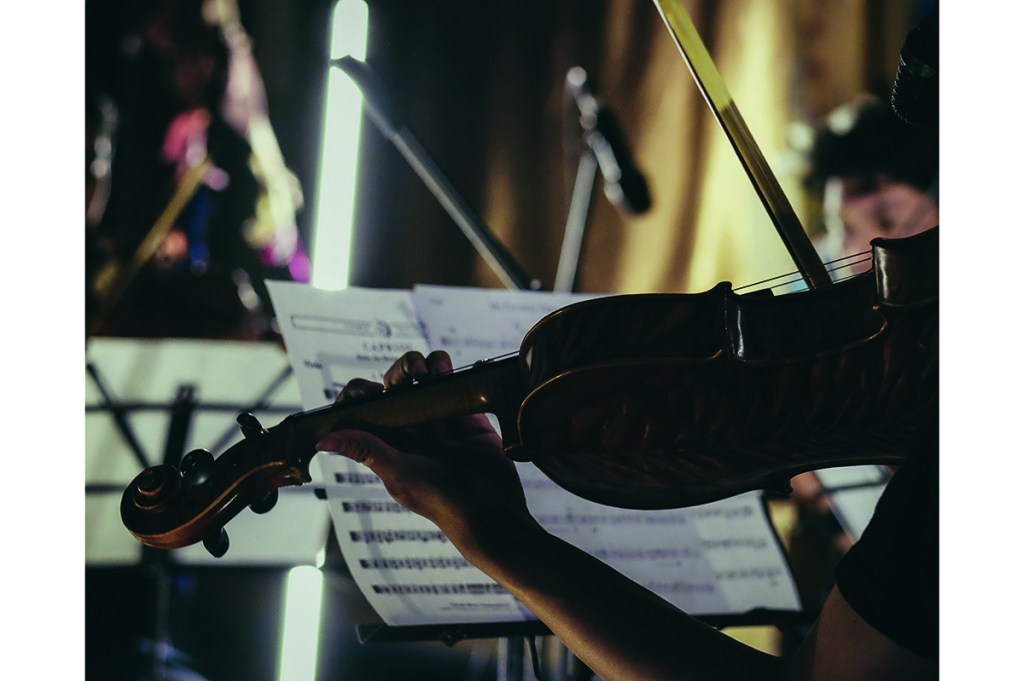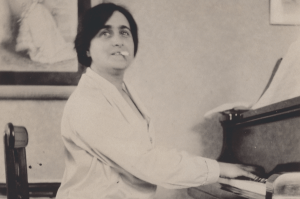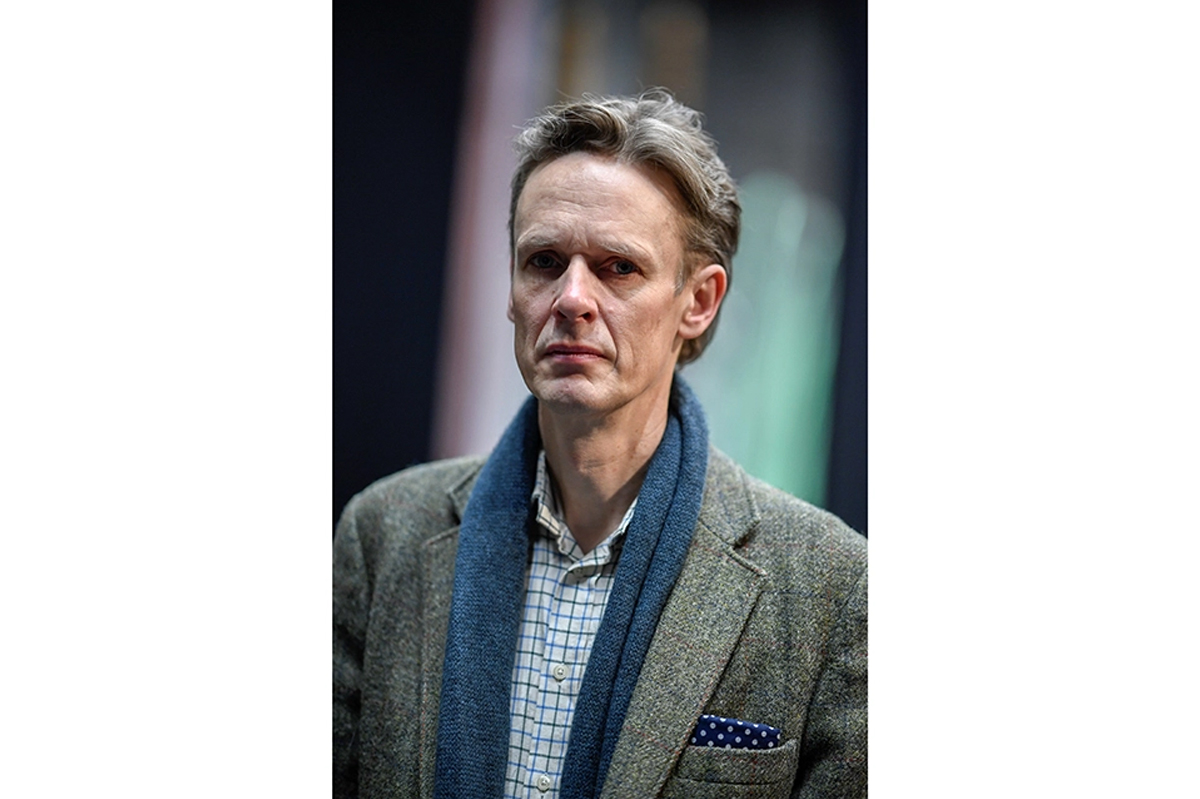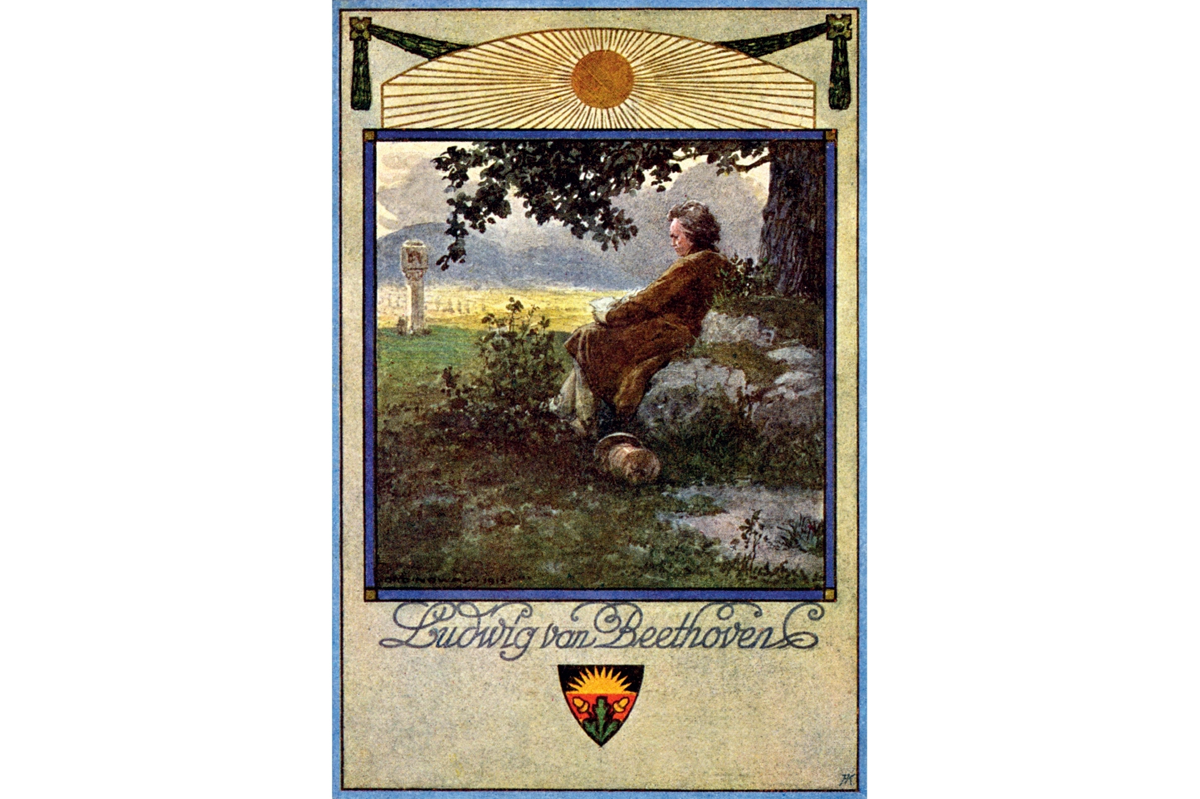It was Rust Belt versus Sun Belt. Over the holiday season, I visited Pittsburgh’s Heinz Hall, located in the heart of the city, and Miami’s New World Center, a concert hall in South Beach. The former, a one-time movie theater built in 1927, looks like an oversized jewel box stuffed with red velvet chairs and glitzy chandeliers. The latter, a spectacularly intimate venue designed by Frank Gehry, serves as the home of the New World Symphony, a local outfit that operates as a final training ground for musicians who have graduated from conservatories and want to go on to play in major orchestras.
In their own way, each of the carefully executed performances underscored that the obituaries repeatedly pronounced for classical music as a preserve of elitist white males are so much bosh. In 2020, for example, Beethoven, on the 250th anniversary of his birthday, came in for a whacking from the woke fanatics as some kind of curmudgeonly upholder of the aristocracy. Yet as William Kinderman’s recent book Beethoven: A Political Artist in Revolutionary Times (among others) shows, the very opposite is true. Indeed, both in Pittsburgh and Miami, I was struck by the rousing enthusiasm that the symphony and soloists evoked with their temerarious playing.
Pittsburgh may have broken with its industrial past — shiny high-tech firms now line the Monongahela River where black, soot-encrusted steel mills once stood — but the program I heard could not have been more old school. As a native son — I grew up in Pittsburgh, where I studied with a formidable trumpet instructor at Carnegie Mellon University named Anthony Pasquarelli, before heading off to Oberlin College — I always listen to the orchestra’s development with keen interest.
Its playing is now of a very high order. The gifted Austrian conductor Manfred Honeck, a kind of leprechaun figure, bounded to the podium to direct the Pittsburgh Symphony in a series of crowd-pleasing Strauss waltzes and polkas. The succession of Viennese lollipops was leavened by the performance of Paganini’s First Violin Concerto by the eighteen-year-old virtuoso Maria Dueñas. My eighty-eight-year-old father, in full grumpy old man mode, dismissed it all as fodder for the masses. How wrong he was! The bel canto adagio movement of the Paganini concerto, for instance, is quite revelatory, offering a window not simply into Paganini’s technical abilities but also his imaginative powers.
What about Miami? The New World Center offers free solo concerts on Mondays by performers from the orchestra. The only thing muffled about the concert was the audience adorned in masks. Otherwise, it was off to the races. The concert got off to a briskly imaginative start with Scott Leger on French horn and Wesley Ducote on piano. Leger explained that he had transcribed six songs by the French composer and pianist Cécile Chaminade who was once described as “not a woman who composes, but a composer who is a woman.”
Leger’s dexterous playing on songs such as “Mots d’amour” or “Villanelle” showcased the tonal shadings and singing qualities of the French horn. He was followed by Carolyn Farnand on viola who was accompanied by the quicksilver playing of Ducote on Paul Hindemith’s Sonata in F major, which he composed in 1919. The finale was a powerhouse, reminiscent in some ways of Hindemith’s sonata for piano and trumpet, which appeared two decades later as Europe was about to plunge into World War Two.
Perhaps the most notable performance came from the violinist Carson Marshall, who promised a guided meditation before he performed the adagio movement from Bach’s Sonata in G minor. This wasn’t New Age tripe, but an earnest effort to help focus the attention of listeners on the subtleties of the performance. His remarks about the effects of music on the soul reminded me of Evan Eisenberg’s discussion in his essential book The Recording Angel of the divide on this subject between Plato and Aristotle.
“Plato, articulating a Greek prejudice,” Eisenberg writes, “held that music acts on the soul by sympathy, directly impressing its character on the listener.” Aristotle took a different approach. He suggested that music can serve purposes other than moral education, such as allowing us the opportunity to relax. If you’re bummed out, then listening to dolorous music is A-OK. It won’t send you into a deeper funk. Your soul can be soulful. Aristotle himself counseled that in “listening to the performance of others we may admit the modes of action and passion also” to achieve catharsis.
Thank goodness for that. With the sounds of Pittsburgh and Miami still resounding in my ears, I feel confident that I now possess what amounts to a potent Aristotelian permission slip to indulge my musical appetite further this weekend by listening to the Washington Bach Consort perform the Christmas Oratorio. It promises to provide a lot of action and passion.
This article was originally published in The Spectator’s February 2022 World edition.

























